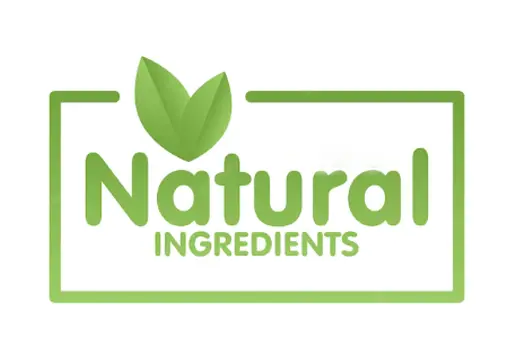Support for Heart Health
Hawthorn Background and BenefitsHawthorn is the common name for all shrubs and trees of the genus Crataegus. They belong to the rose family and are native to temperate regions of the Northern Hemisphere. C. monogyna and C. laevigata are some of the most common species in this genus, also known as Crataegus oxyacantha in herbal medicine.
Hawthorn trees can grow over 40 feet tall, although they often grow as much shorter shrubs. The fruits are small drupes that turn bright red when ripe. The sharp thorns grow on the branches and trunk and can be up to an inch long. Hawthorns are often used in landscaping as hedges.
Oligomeric proanthocyanidins (OPCs) are among the most abundant active ingredients in hawthorn extract, which primarily include procyanidin B-2 as well as epicatechin and procyanidin. Flavonoids such as hyperoside, quercetin, rutin and vitexin are also important active components of hawthorn extract. Other constituents of hawthorn are triterpenic acids and phenolic acids.
The fruits are edible and are commonly used to make jelly and fruit wine, especially in the United Kingdom. The young leaves are edible if picked in early spring. Hawthorn is also used as a dietary supplement, usually to support heart health.
Uses of hawthorn
The most common use of Hawthorn extract is used to support normal heart function, manage stress and anxiety.Signs that you need hawthorn
Fatigue and shortness of breath are some of the most common signs that you might benefit from hawthorn supplements. Poor circulation is also a sign that hawthorn may help you. An unhealthy cholesterol profile may mean you need hawthorn supplements, according to some studies. Other signs that hawthorn supplements may help you include feelings of anxiety and physical tension in your muscles.





